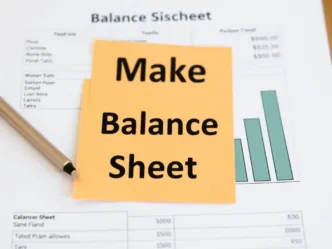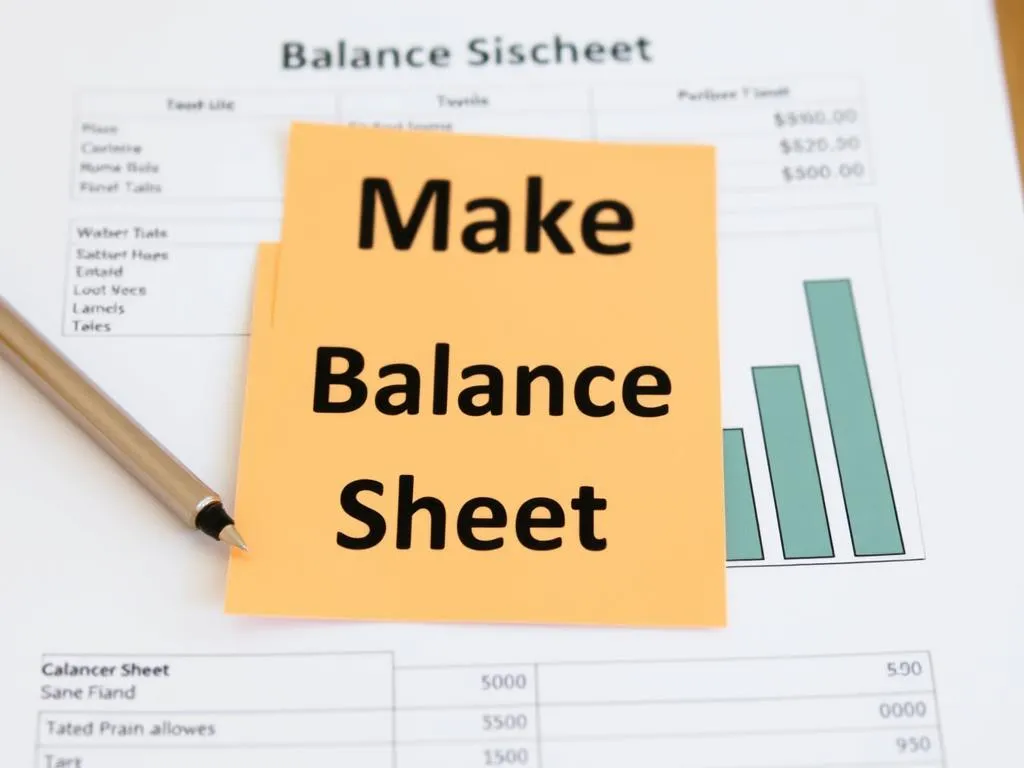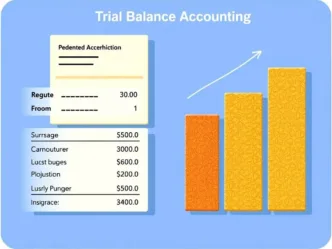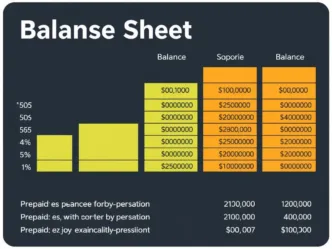Learn about Accumulated Depreciation on the Balance Sheet in accounting. Understand this contra-asset & how it reduces asset book value. Accumulated depreciation—that running tally on your balance sheet showing how much of your long-lived assets’ value has been “used up” over time.
1. What is the Balance Sheet Accumulated Depreciation?
Imagine you buy a delivery van for $50,000. Year after year, as you drive routes and rack up mileage, the van loses a bit of its value—it becomes less “fresh” and more “well-worn.” In accounting, we don’t wait until you sell the van to record that wear-and-tear. Instead, each year we recognize a chunk of that $50,000 cost as an expense (depreciation) and reduce the van’s “book value” accordingly.
Accumulated depreciation is simply the sum of all those annual depreciation charges so far. It lives on the asset side of the balance sheet, paired against the original cost, like this:
| Asset | Amount |
|---|---|
| Van (Cost) | $50,000 |
| Less: Accumulated Depreciation | ($20,000) |
| Net Book Value | $30,000 |
That “$20,000” might represent four years of charging $5,000 per year in depreciation.
2. Why It Matters
- True-to-Life Asset Value: Without accumulated depreciation, your balance sheet would forever list assets at original cost—even if they’re half-worn out. Net book value (cost minus accumulated depreciation) gives you a much more realistic snapshot of what your assets are “worth” for accounting purposes.
- Matching Costs to Benefits: Depreciation expense hits the income statement in the same periods when your van helps you deliver goods (and earn revenue), honoring the matching principle.
- Tax and Planning: Many tax rules let you deduct depreciation, and accumulated depreciation tracks how much of those deductions you’ve already taken. Plus, it helps you plan for when you’ll need to replace aging equipment.
3. How It’s Calculated & Recorded
A. Choosing a Method
- Straight-Line: Same amount every year (e.g., $5,000 per year for 10 years).
- Declining Balance: A fixed percentage of the remaining book value (front-loads expense).
- Units of Production: Ties expense to usage (e.g., miles driven, hours run).
B. Journal Entries
Each period, you record:
nginxCopyEditDr Depreciation Expense \$X
Cr Accumulated Depreciation \$X
That credit to accumulated depreciation doesn’t move cash—it just bumps up the running total of “used-up” cost.
4. Presentation on the Balance Sheet
- Contra-Asset Account: Accumulated depreciation sits right below the related asset, as a negative offset.
- Net Book Value: Assets are reported at cost less accumulated depreciation, giving you the net amount on the books.
Example:
- Machinery cost: $100,000
- Accumulated depreciation: $40,000
- Net book value: $60,000
5. Real-World Example
Let’s say your printing press cost $80,000 and you estimate it’ll last 8 years with no salvage value. You choose a straight-line method, so:
- Annual depreciation expense = $80,000 ÷ 8 = $10,000
- At December 31 of Year 3, you’ll have:
- Depreciation expense Y1 = $10,000; Y2 = $10,000; Y3 = $10,000
- Accumulated depreciation = $30,000
- Net book value = $80,000 – $30,000 = $50,000
6. Key Considerations & Pitfalls
- Review Useful Lives: Over- or under-estimating an asset’s life can skew both expense and book value. Revisit lives annually if conditions change.
- Salvage Value Matters: If you expect to sell an asset at the end of its life, subtract that salvage value from cost before calculating depreciation.
- Impairment vs. Depreciation: If an asset suddenly loses value (e.g., tech becomes obsolete), you may need an impairment write-down in addition to regular depreciation.
- Fully Depreciated Assets: Even after accumulated depreciation equals cost, the asset stays on the books (with zero net book value) until disposal.
7. Why You’ll Thank Your Future Self
Keeping an accurate accumulated depreciation balance means you’ll never wonder, “Am I still carrying this equipment at full cost even though it’s ancient?” By methodically draining cost into expense over each asset’s working life, you maintain clear visibility into both your profit picture and your true capital investment needs—so replacement budgets, loan covenants, and tax filings all stay on solid ground.







